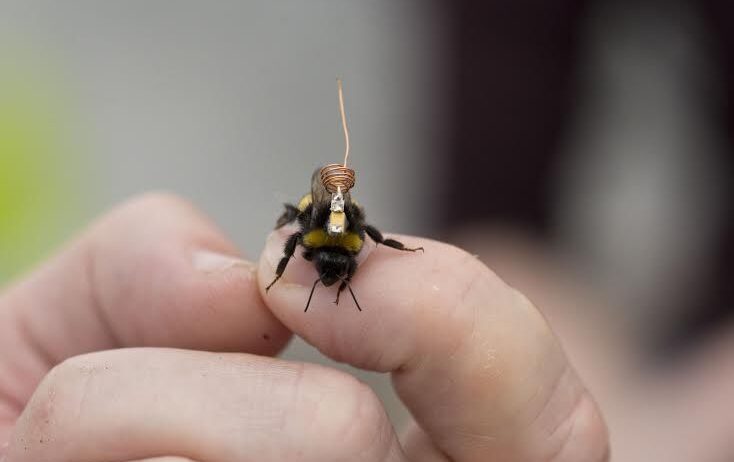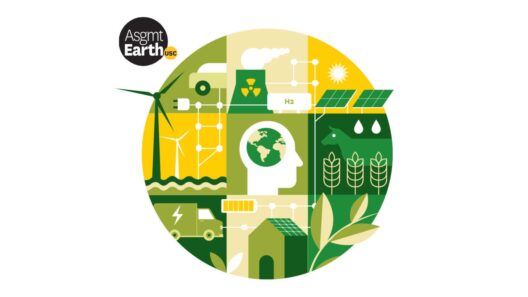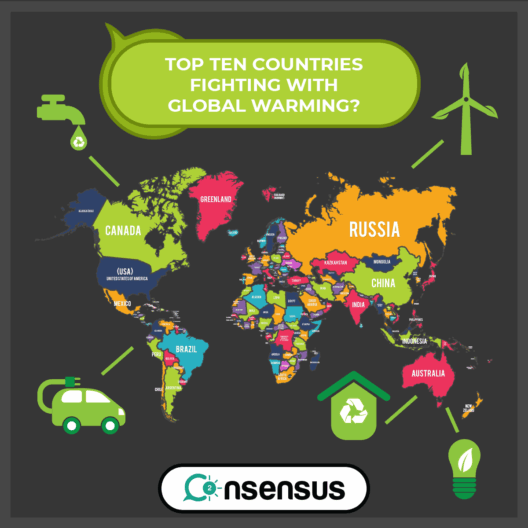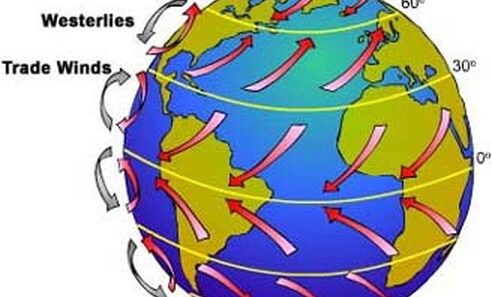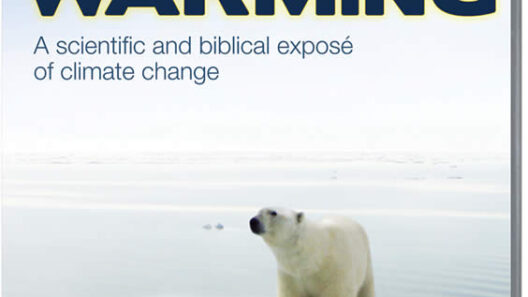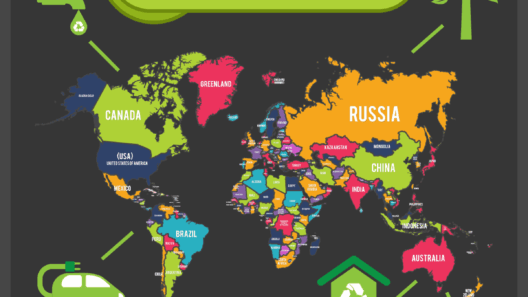Bees, those industrious little insects buzzing from flower to flower, play a crucial role in our ecosystem. They are not just producers of honey; they are indispensable pollinators, enabling the growth of fruits, vegetables, and nuts essential for a thriving human diet. Yet, alarming evidence suggests these vital pollinators are in decline. Could the plight of bees be a playful yet poignant reminder of the broader struggles posed by a warming world? This poses a critical challenge: if bees are declining, what does that mean for our food systems and ecological balance?
The decline of bee populations is a multifaceted phenomenon that can be attributed to various interrelated factors. Climate change, habitat loss, pesticides, and diseases have converged, creating a perfect storm for bees. As temperatures rise and weather patterns shift, floral resources that bees depend on for sustenance spring forth at irregular intervals. This temporal mismatch can severely impair foraging patterns, ultimately leading to reduced hive populations. If a bee can’t find food, it certainly cannot thrive.
Furthermore, the fragility of bee colonies makes them highly susceptible to ecological disturbances. As climates warm, territories once teeming with life transform into inhospitable environments. Habitat loss exacerbates this issue; urban expansion and agricultural intensification diminish the natural landscapes that support diverse bee species. Without adequate foraging habitats, many bees struggle to survive, and local extinction rates mount. As we strip away habitats, can we honestly disregard the consequences unraveling before our very eyes?
One cannot ignore the impact of pesticides, particularly neonicotinoids, which have emerged as notorious offenders in the war against bees. These chemicals, designed to protect crops from pests, inadvertently affect non-target species, including pollinators. Research demonstrates that exposure to these toxins can disrupt vital behaviors in bees, impairing their ability to forage and communicate within their colonies. The question arises: are short-term agricultural gains worth the collateral damage on essential pollinators? Such practices soar beyond the realm of mere ecological negligence; they wield the power to unravel food systems reliant on bee activity.
The decline of bees is not merely an ecological concern; it bears economic implications as well. The agricultural sector’s reliance on bee-mediated pollination is staggering, contributing billions to global economies. It is estimated that one-third of the food we consume hinges on the healthy operation of pollinators such as bees. The U.S. Department of Agriculture highlights that beekeepers contribute around $15 billion annually to the value of U.S. crop production. A dwindling bee population could lead to a significant loss in crop yields, altering food prices and accessibility while jeopardizing food security. The stakes are high, indeed.
However, the nature of the challenge goes beyond economic metrics. This situation poses a moral dilemma. Are we, as stewards of the planet, willing to witness the decimation of a creature so integral to our existence? The plight of bees is emblematic of the broader crisis of biodiversity loss—a clarion call to not just recognize the declining prevalence of these pollinators, but to act decisively to protect their habitats. Our fate intertwines with that of bees, as both species navigate the circumstantial changes wrought by human hands.
It’s also important to consider that not all bee species are created equal in their ability to adapt to changing conditions. For instance, native bee species exhibit a remarkable tenacity to thrive in harsher climates, unlike their honeybee counterparts, which are heavily relied upon for agricultural pollination yet are less resilient. The profound variation among bee species emphasizes the urgency of conserving local populations and habitats. Perhaps the innovative practice of utilizing tiny microchips glued to bees can serve not only to track their movements but also to collect crucial data on how these insects navigate a warming world. This intriguing methodology can provide insights into their foraging habits and responses to environmental stressors, paving the way for targeted conservation efforts.
Let us not ignore the role of community engagement and education in addressing this crisis. Individuals armed with knowledge about the significance of bees can inspire others to champion for policy changes. Providing resources for responsible gardening practices, such as planting pollinator-friendly species, can help restore habitats increasingly lost to urban sprawl. Furthermore, reducing pesticide usage, particularly during flowering seasons, can significantly enhance the survival rates of both wild and managed bee populations.
The pressing question remains: can we rewrite our relationship with the natural world? The answer depends on our collective resolve to comprehend and value the matrix of life that sustains us. By nurturing a deeper connection to the ecosystems around us, we can foster a collaborative approach toward reversing the decline of bees, ensuring that future generations can witness the buzzing of these essential pollinators in their gardens and farmlands alike. The fate of bees mirrors our own; it’s time to think not just about our well-being but also about the intricate web of life that supports it. Our responsibility is clear. Will we heed the call to action before it’s too late?


